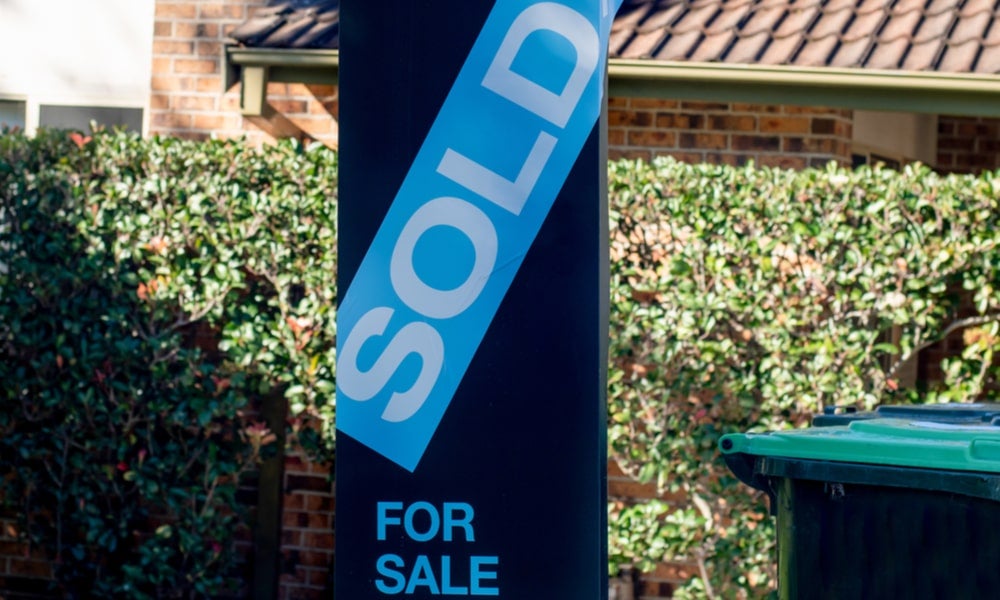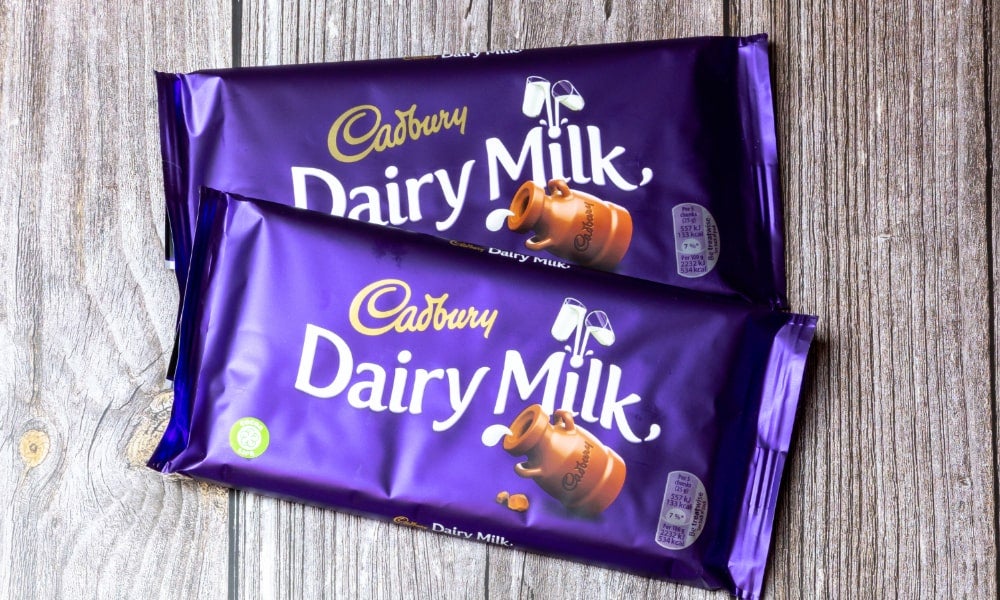How are consumers and retailers responding to soaring inflation?
New research examines how inflation is affecting consumers and retailers, and how they are both adapting their shopping habits and retail strategies in response
Inflation is on the march globally. While inflation declined sharply in the early stages of the pandemic amid a collapse in demand and oil prices, it picked up in mid-2020 and in July 2022, global inflation reached its highest level since the mid-1990s. While it has eased somewhat, the World Bank says the global inflation rate remains significantly above the pre-pandemic average.
The recent spike in inflation has affected many, according to Harald van Heerde, Research Professor in the School of Marketing at UNSW Business School. He observes that a “perfect storm” of underlying causes, including very low interest rates during the pandemic, government handouts, pent-up demand, supply-demand imbalances, and Russia’s invasion of Ukraine, all conspired to increase consumer price levels around the world steeply. While current inflation levels are not unprecedented (they were even higher in the 1970s and 1980s), the decades-long period of meagre inflation experienced in most countries means that current inflation rates continue to shock consumers, manufacturers and retailers.
In particular, the spike in inflation has been a major shock to the retail ecosystem, including retailers and their competitors, suppliers (manufacturers and producers), policymakers, and customers. “Due to their central position in the distribution channel, retailers face the difficult task of balancing strong wholesale price increases with a need to retain customer loyalty and stay competitive while at the same time preserving their bottom line and shareholder value,” says Professor van Heerde.

While the effect of inflation can most obviously be seen in regular cost-of-living expenses (such as grocery bills), Professor van Heerde says it is surprising how little research there is into how consumers, retailers, and manufacturers respond to soaring inflation.
“The last time inflation reached double digits in the 70s and 80s, there were only coarse, aggregate data available,” he says. “The recent era of high inflation levels coincides –for the first time in history – with the era of big data, where we can readily observe customer behaviours (through household panel data) and retailer behaviours and performance (through retailer panel data) at very fine levels of granularity.”
With this in mind, Professor van Heerde and Marnik Dekimpe, Research Professor of Marketing at Tilburg University in the Netherlands and Professor of Marketing at KU Leuven in Belgium, recently published the research paper, Retailing in times of soaring inflation: What we know, what we don’t know, and a research agenda.
Their research uncovered important insights for the retail sector. “While we know relatively little about how inflation affects consumer decision-making (which makes it a great research topic), we know more about how other macroeconomic shocks, such as recessions or currency crises, impact consumers,” says Professor van Heerde. “In response to drops in their purchasing power, consumers engage in various forms of ‘consumption smoothing’ which is just a fancy way of saying that they adjust their spending patterns to make ends meet.”
Read more: Inflation is easing: what impact will this have on Australians?
How consumers deal with increased inflation
The research found that consumers adopt four responses to increased inflation, which encompass (1) what, (2) when, (3) at what quality level and (4) where to buy. Regarding “what” to buy, Professor van Heerde said consumers will forego discretionary luxury purchases (such as holidays) and instead focus on necessities such as food. As for when to buy, he said consumers will postpone the purchase of durable goods. For example, they may use their smartphone for another year rather than purchasing a new phone.
The third response relates to quality levels, and Professor van Heerde said consumers will look to buy cheaper goods within the same category, such as a store brand (private label) rather than a branded product. Finally, as to where to buy, he said consumers will look for cheaper sources (for example, buying groceries at Aldi rather than at Woolworths or Coles).
While it is well known that consumers generally engage in most (if not all) of the above responses, he said there is no research on whether (and to what extent) consumers engage in these behaviours in response to inflation. Professor van Heerde also said it is intriguing to know whether consumers from low, medium, and high-income groups are better at making ends meet through different responses than other groups. “Low-income households could be, for example, more resourceful and adaptive to cope with inflation,” he explains.

Another key observation is the importance of acknowledging that there is not just one aggregate inflation rate but that consumers experience very different inflation rates at the micro-level depending on their household situation. “For example, large, low-income households will spend a relatively large proportion of their income on food and utilities, and when these spending categories undergo much higher-than-average inflation rates, these consumers will experience painfully high micro-inflation levels,” said Professor van Heerde.
“We need to enter thus far uncharted terrain by measuring the impact of consumer-level micro inflation rates on their purchase behaviour. For households with a large mortgage, the tripling of the interest rates is by far the largest source of micro-inflation they experience.”
How retailers cope with increased inflation
Similarly, many retailers have struggled with increased inflation as rising costs get passed on through supply chains. Professor van Heerde said retailers adopt common strategies to cope with the inflation challenge, which focus on cost-control actions and a variety of customer-focused support actions.
Read more: Supermarket tricks to watch out for as cost of living soars
He explained: “Various cost components in the grocery supply chain (such as raw materials, food ingredients, packaging, energy, transport and labour) have experienced significant inflation. To maintain their profitability, many retailers have tried to either cut these costs internally or pass on the increases to their customers or suppliers.”
While customers are free to switch to competing retailers if the competitors do not pass on inflation at the same rate, he pointed to overseas retailers that have revamped their loyalty programs, which are often linked to their private-label (home brand) offerings. Professor van Heerde gave the example of the French supermarket Intermarché, which initiated price reductions on 1800 private-label products (but only for its loyalty cardholders). Intermarché competitor E. Leclerc introduced an anti-inflation shield where the price inflation on 120 of the most purchased products would be automatically compensated at the checkout, but only for loyalty card holders. “As far as I know, Australian retailers did not (yet?) offer similar customer-focused support actions,” said Professor van Heerde.
He observed that, unfortunately, retailers tend to employ less noble (more covert) actions such as “shrinkflation,” “skimpflation,” and “greedflation”. Shrinkflation means reducing the package size while holding the item price fixed. For example, Redhead matchboxes used to contain 60 matches, but this number has now reduced to only 45, while Cadbury Milk chocolate blocks used to weigh 250 grams (now 180 grams). “This indirectly increases the unit price (price per equivalent unit of measurement).

Skimpflation means a lower quality of a good for the same price,” he said. For example, in the UK, Waitrose Butter Chicken Curry fell from 47 per cent chicken to 41 per cent. Greedflation means that retailers and manufacturers raise their prices more than their costs have risen, thereby achieving excess profit margins. “During the recent spike in inflation, many Australian companies such as banks, insurers, airlines and telecoms were among those who were accused of this type of price gouging,” said Professor van Heerde. “The government recently directed the Australian Competition and Consumer Commission (ACCC) to investigate pricing and competition in the supermarket sector to ensure Australians are paying a fair price for groceries.”
Next steps for a research agenda
Professor van Heerde said more research is needed to study how highly emotive trends such as shrinkflation, skimpflation and greedflation affect consumer purchase behaviour and attitudes towards retailers. “If you read the fierce social and traditional media discussions, many consumers are outraged and call for boycotts because of greedy and unethical retailer and manufacturer practices. But do consumers really walk the talk and switch retailers, or do they just swallow the bitter pill? There is a lot of new research needed to address this question,” he said.
To this end, Professor van Heerde is supervising a PhD student (Ada Choi) who is studying how micro-inflation affects consumer purchase behaviour. This research will test its new theories by capitalising on the current inflationary environment that coincides with the era of big data, with many consumer purchase decisions being recorded automatically. Based on a collaboration with the Australian firm Raiz Invest, the research team has access to more than seven years of detailed (anonymised) spending data for hundreds of thousands of Australasians. Such data was not available the last time inflation reached double digits in the 1980s, and Professor van Heerde said this offers a unique opportunity to quantify the contribution of different forms of consumer behaviour and retailer strategies in response to inflation.
Subscribe to BusinessThink for the latest research, analysis and insights from UNSW Business School
“This research is part of a larger project around empowering consumers to navigate soaring inflation. We will not only address several of the questions around inflation discussed above, but we also intend to develop apps where consumers can readily see how much they spent on what and potential savings can be made,” he said.
